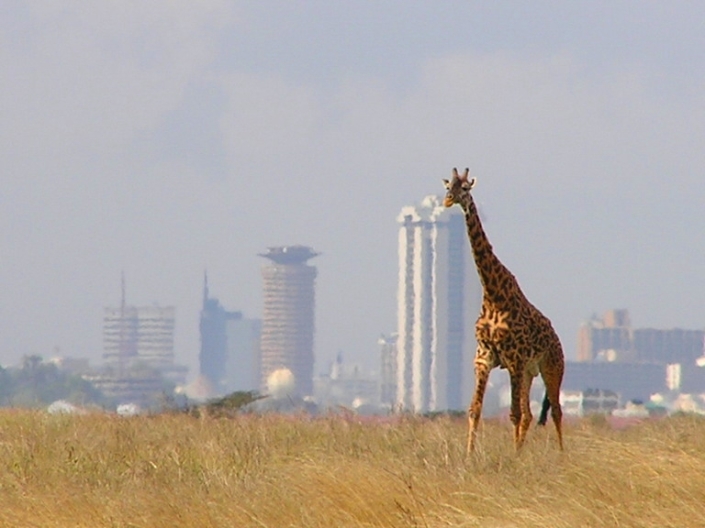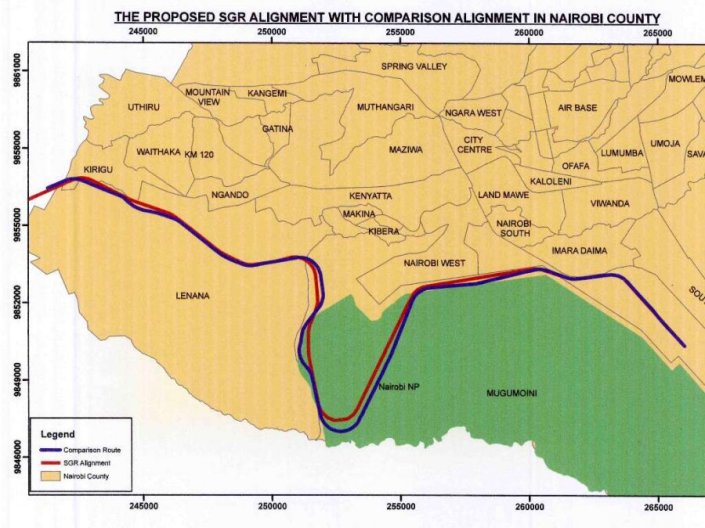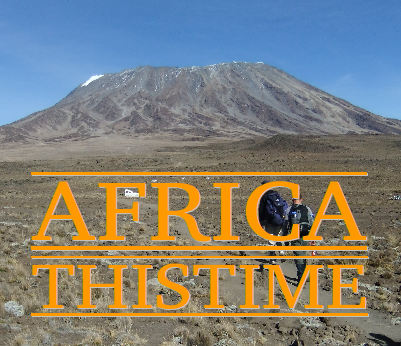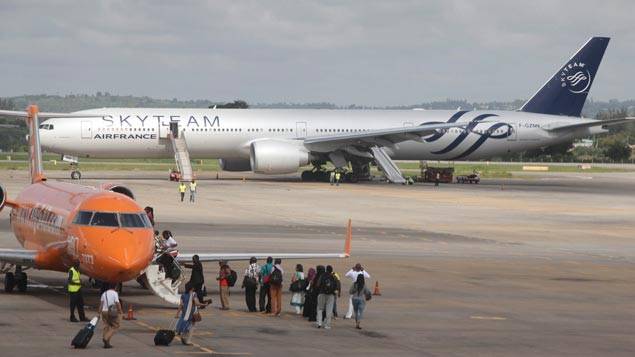Month: December 2015
Nairobi National Park under threat
Kenya is known for its wildlife parks, and one of them, Nairobi National Park, sits right next to Nairobi, the capital of Kenya. Nairobi NP is sometimes said to be the only national park within boundaries of a major city. While that claim is not true, Nairobi NP is still very unique, being a large wildlife habitat attached to a metropolis. One may ask how it has been preserved despite the rapidly growing urban region. The answer is that it won’t be there much longer. The decision to build a railway line through it marks the beginning of the end of Nairobi National Park.

While Nairobi National park is good for wildlife viewing, most tourists prefer visiting famous parks further away, like Masai Mara and Amboseli. However, these cannot be visited on a day trip unless using air charter. Therefore those short on time, like conference guests, may find visiting Nairobi National Park being an ideal option.
Nairobi residents might also like making quick visits to the park, but this is often impractical due to traffic, as getting there may take more time than what’s spent at the park. Then expensive entry fees (especially for foreigners) and other costs (eg. vehicle) may deter people from visiting there. Despite much lower park fees, most locals cannot afford visiting the park as they represent lower social classes.
Nairobi National Park remains somewhat underrated, and some politicians and businessmen see the park as a prime land awaiting to be built. There has been lots of pressure to give up at least parts of the park for to the sake of “development”.
The Standard Gauge Railway (SGR) is currently being built from Mombasa to Nairobi, from where it is eventually set to reach Kampala in Uganda. The replacing of old railway network is long overdue. Few would argue about the need of the new railway line. But how and where the track is built, is a different matter.
Instead of following the old railway, the Standard Gauge Railway will bypass Central Nairobi. That won’t be vital since transporting cargo will be the main (and only?) purpose of the new railway line. However this route means the new railway will be of little use in terms of passenger traffic, neither would it be useful as a part of much need commuter rail network.
Earlier this year a small chunk at the edge of the park was degazetted to pave way for railway line. This was mainly due to controversial decision to save Alan Donovan’s African Heritage House from being demolished. But the latest development is still way worse. The next phase of the railway from Nairobi to Naivasha, will cut large chunk of western portion of the park.

There has been a wide railway reserve along the track to accommodate its expansion. But previous regimes saw no interest in developing railway (hence the derelict state of the exiting track), letting politically well connected land grabbers to take over railway reserves. Elsewhere the railway reserve has been filled by informal settlements. Thus a route following the existing railway would lead to significant demolition of existing infrastructure. Moreover, SGR cannot follow as tight curvature as the the existing line, thus using the old route would lead to even more infrastructure destruction. Another reason for the alternative route may be to avoid going through Kibera slums, where the existing railway has been subject to frequent vandalism.
Removing the old track would provide more space to lay the new track, but rather oddly, the existing narrow gauge railway will continue to be operated concurrently with SGR, despite little chance of being competitive.
While it looks inevitable that these plans go ahead, it not yet too late to prevent them. There must be better alternatives available. What Nairobi residents should do now is to show their opposition against these plans to save the park. Otherwise new infrastructure will continue encroaching the park, and soon Nairobi National Park will be no more.
Planning to visit the center point of Africa? Not an easy task, wherever it is
Where is the center of Africa? Before the question can be answered, a method how to define the center has to be selected, and secondly, define what actually are the borders of the continent. Both issues may be widely debatable. This blog post provides examples of possible center points of Africa, using few simple methods. In this case only continental Africa has been selected as the borders of the continent, so islands are not counted in.


